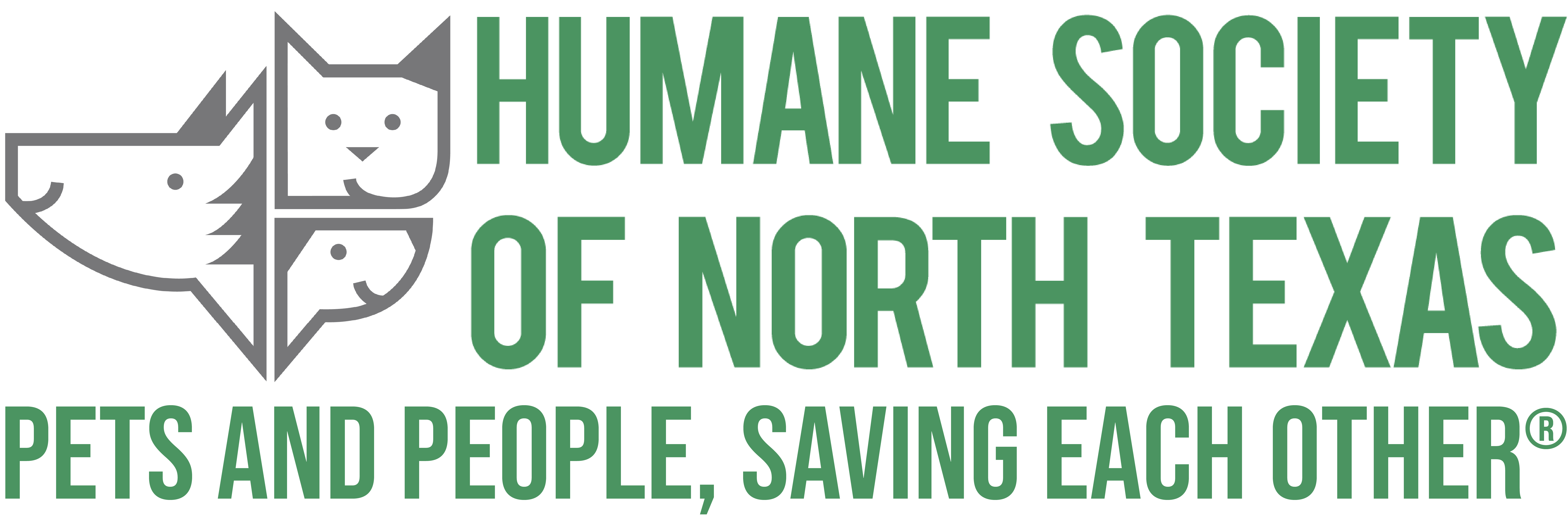Adopting a dog into the family is such an exciting time! You have a new best furever friend to teach and learn from and start making memories together. Bringing home the new dog can also be stressful on you, your new dog, and other family members. Here is a really simple set of rules on what to expect when bringing home your new dog from the moment you adopt them.

The 3-3-3 Rule
Imagine if you were moved suddenly from your home, put into temporary housing (a shelter), and then adopted into a new family and brought into a new environment with new rules you don't even know. You would no doubt need some time to adjust and decompress.
Dogs need time to learn to trust their new family members and adjust to the new rules of the household. It is a process and every dog deserves the time and patience needed to get comfortable in their new life. The 3-3-3 Rule helps set expectations for your dog's adjustment to their new environment.
3 Days
In the first 3 days, things will be exciting, overwhelming, and possibly scary. Your new dog is likely going to be highly triggered and curious about all the new sights, scents, and space and they will have no idea what to do with any of it.
They may start off as shy and aloof about their new environment and may need time to decompress. Likewise, they may act excited at times as there's going to be a lot going on internally and externally. This may result in excitement, a lot of energy, some nervous tendencies, and a lot of unpredictability.
This is definitely the time in which they will start to test their limits and may even be destructive because they don't know the rules of your household yet. They have only known their previous different environments. Starting training immediately will help your dog become successful in transitioning to their new environment.
3 Weeks
Your dog is starting to understand your routine and get more comfortable in their new home. Their true personality will start to show through and they will be coming out of their shell. This is a wonderful time for you to start to really get to know your new best friend and just like humans, dogs can have their quirks and faults. You'll begin to notice any behaviors that need to be corrected. Correcting them with training at this time is essential.
Keep in mind, that positive reinforcement of behaviors that your dog shows that you want to continue is essential during this time, just as the correction of unwanted behaviors is.
3 Months
Congratulations! You and your dog have made it through the toughest of learning curves. You may have had your ups and downs in figuring each other out but your communication and expectations should be on more solid ground now. After 3 months, your dog knows that your home is their home. They are comfortable falling more easily into routine and know what to expect from you and their day to day happenings.
Ongoing Expectations
Keep in mind, dogs and especially puppies who are still young and learning may need more time and training to ensure a successful transition to their new life.
Training never truly ends. If you want a successful communicative relationship with your dog, you should always continue with giving reminders of behaviors you approve and disapprove of. Positive reinforcement is the most effective way to help your dog continue to make positive behavior choices. Any successful relationship requires continued communication and setting expectations, as well as understanding.
Pets and People, Saving Each Other™
HSNT’s mission is to act as an advocate on behalf of all animals and to ensure their legal, moral and ethical consideration and protection; to provide for the well-being of animals who are abandoned, injured, neglected, mistreated or otherwise in need; to promote an appreciation of animals; and to instill respect for all living things.



Comments